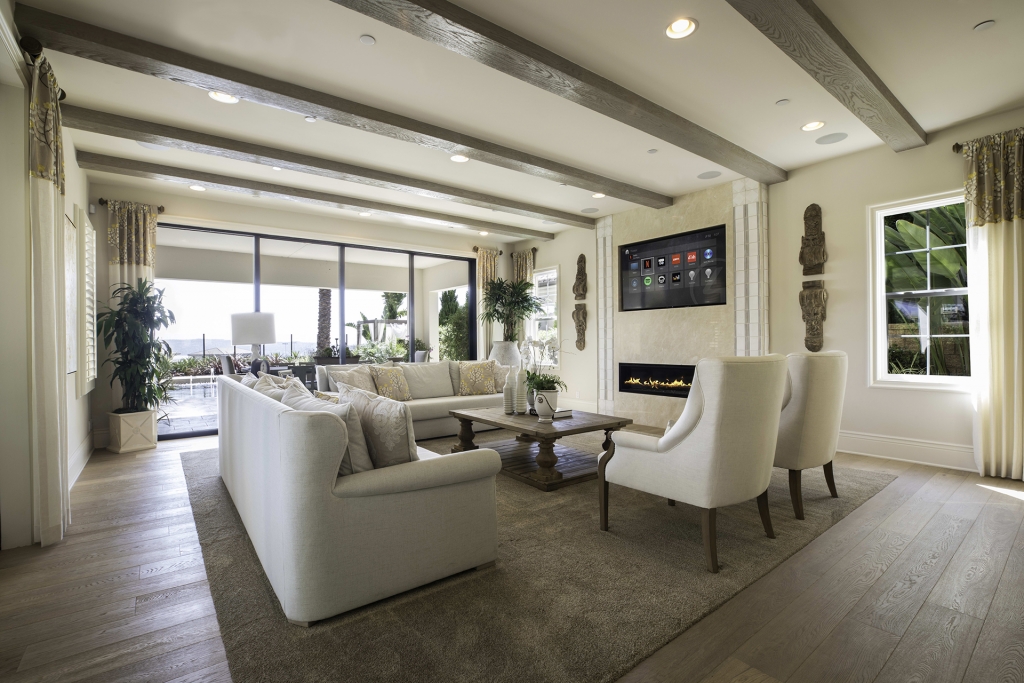A Multi-Room Video Matrix System is a device used to switch and distribute multiple video signals to multiple display devices. It allows multiple video input sources (such as set-top boxes, computers, cameras, Blu-ray players, etc.) to be transmitted to multiple display devices, with each output able to independently select its desired input source. Video matrix systems are widely used in smart homes, security surveillance, commercial displays, conference rooms, multimedia classrooms, and more.

Key features of a video matrix system:
- Multiple inputs and outputs: Supports multiple video inputs and multiple video outputs, allowing users to freely route any input signal to any one or more display devices, providing flexible signal switching. For example, in a conference room, content from a computer can be shown on multiple screens, while at home, content from a gaming console or Blu-ray player can be displayed on TVs in different rooms.
- Flexible signal switching: The system allows for quick switching between input sources without disconnecting or reconnecting devices, increasing efficiency and reducing operational complexity in multi-device environments.
- HD and 4K support: Modern video matrix systems typically support high-definition (HD) and even 4K ultra-high-definition (UHD) video transmission, ensuring high-quality image output, ideal for environments that require high-resolution displays such as home theaters or high-end commercial displays.
- Multiple control methods: Can be operated via remote control, physical buttons, mobile apps, or integrated smart control systems (such as Control4, Crestron), providing convenient options for users to control based on their specific needs.
- Long-distance transmission: Through HDMI, fiber optic cables, Cat5/6 network cables, or wireless transmission technologies, video matrix systems support long-distance signal transmission, ensuring stable output in large venues.
- Audio-video synchronization: In addition to video signals, video matrix systems typically support audio signal transmission, ensuring audio-video synchronization, especially in environments requiring a good visual and auditory experience, such as home theater systems.
Application scenarios of a video matrix system:
- Smart homes: Connect multiple video devices (such as set-top boxes, Blu-ray players, gaming consoles) through a matrix system to TVs or projectors in multiple rooms, achieving whole-house video distribution and control.
- Conference rooms and educational environments: In conference rooms or classrooms, presenters can switch content from multiple computers or other devices to different displays or projectors, facilitating presentations and interaction.
- Security surveillance: Video matrix systems play a crucial role in surveillance systems, allowing security personnel to switch between multiple cameras and view real-time footage of different areas.
- Commercial displays: In malls, exhibition halls, or stores, video matrix systems can distribute advertisements, promotional videos, or product displays to multiple screens simultaneously.
By simplifying the management and distribution of video signals, video matrix systems enhance flexibility and functionality, especially in scenarios that require multi-screen display or multi-source signal control.
